Creatorship is a new creative leadership programme that empowers innovative, authentic, collaborative and resilient leaders. This series of articles shares key insights from experts in culture, design and business who have contributed to the programme content.
Making Cross-collaboration Work
by Robertina Šebjanič, Artist
As the world gets more complex, and global challenges like in this moment (2020/2021) corona virus crisis provoke us to work together for a more sustainable future, the necessity for collaboration across different disciplines, fields of knowledge, cultures and species is becoming more urgent and inviting. Based on over ten years of art / science collaborations, here are some fundamental principles for making cross-collaboration work.
1. Create safe space. A non-judgemental and welcoming space which allows people to express their fears, desires, and feelings, and navigate how to collaborate with each other is very important. When people don’t feel able to show up as they are, or have challenges they are going through acknowledged (such as anxiety about life matters beyond the work at hand) it creates blockages and misunderstandings.
2. Be transparent. When people know what’s going on, they are more able to respond constructively.
3. Define roles and responsibilities. With a team it’s important to be clear on the constellation of how it's organised - are people collaborating equally or are people advising in a process where decisions will ultimately be made by one person? Having clear roles and responsibilities helps people understand how they can contribute in the most meaningful way.
4. Appoint a facilitator. When working across disciplines it’s useful to appoint a ‘middle man’ - a producer or facilitator who can speak the ‘language’ of the different collaborators, hold space without taking sides, and support all to make the logistics, process and communications smooth and less stressful. Whether this ‘hat’ is worn by one of the collaborating team or is the role of a specific person, it’s important.
5. Adopt an empathic structure. Taking the time to build trust and understand each other is particularly important in new collaborations and collaborations between people and fields that are different to each other. A more solid foundation will produce better ideas, and make sure you aren’t reinforcing your own views and perspectives.
6. There are no stupid questions. Allow your curiosity to guide you, and don’t be afraid to ask to create common understanding. Creating the possibility to exchange thoughts is important because the creative process is not linear.
7. Share for the sake of sharing. Sometimes the best collaborations emerge from open and flexible conversations and time taken to share each other’s work, practice and perspectives. It can feel ‘unproductive’ to spend a lot of time investing in this exchange of ideas, but it’s an important part of the creative process - exploration and gathering knowledge - which is the foundation for inspiring new ideas and common questions to explore together. My long term collaboration with marine scientist Dr. Alenka Malej has involved hours of exchange and years of study and discussion of each other’s fields, and ended up defining a path for my artwork to focus on marine life and environmental challenges.
8. Know your value. How you think and act, and the unique knowledge, experience and expertise you have make you distinct, and that’s what’s so valuable about you in collaboration. Don’t get swayed by others’ ideas about how things ‘should’ be done too easily - know your value and share your ideas, however risky it feels. When I was designing citizen science workshops with Madrid’s Matadero cultural centre's Instituto Mutante de Narrativas Ambientales in collaboration with company L’Oreal on river ecology of Manzanares river, I felt it was important to go beyond ‘measuring’ the river’s environmental conditions to designing an experience that would connect with participants’ empathy and relationship to the river. It took some negotiating to adapt different approaches, but by sticking to my values and artistically-informed perspective we developed mutual trust between us to do something different, and by transparently involving key stakeholders in the process we were able to design something amazing.
About Robertina
Robertina Šebjanič is an internationally awarded artist, whose work revolves around the biological, geo-political and cultural realities of aquatic environments and explores humankind’s impact on other species and on the rights of other (non-human) entities, while calling for strategies emphatic towards other species to be adopted. In her analysis of the theoretical framework of the Anthropocene, the artist uses the term ‘aquatocene’ and ‘aquaforming’ to refer to humans’ impact on aquatic environments. Her works received awards and nominations at Prix Ars Electronica, Starts Prize, Falling Walls.



